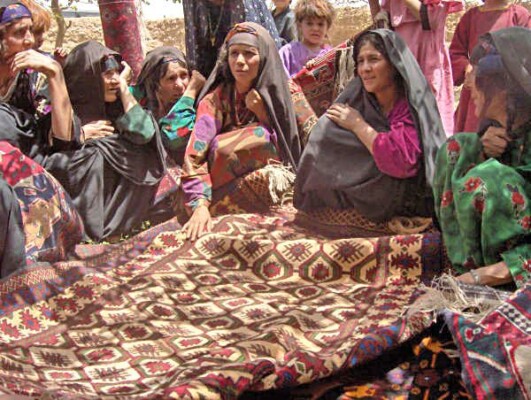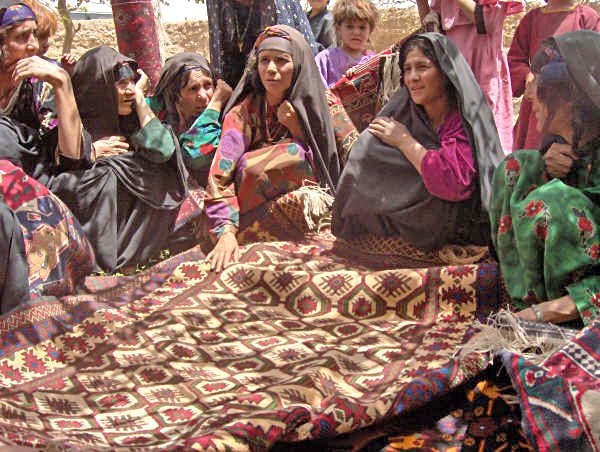Irana Carpets
Afghan carpets, a modern figure of tradition
Afghan carpets, a modern figure of tradition

Afghanistan is located in South Asia, bordering Iran to the west. The capital city is Kabul, and the main part of the country is covered by mountains. Carpets from this area are mostly woven in northern and western Afghanistan, by many ethnic groups but mainly by Turkmen. Afghanistan is one of the countries with a good reputation in handmade Afghan carpet weaving. Afghan carpets are made from wool on cotton. Nowadays, Afghan carpets are known mainly by three names: Ziegler, Kazak and Bokhara.
Ziegler is the name of a design rather than an actual city or tribe. A German company based in Manchester, Ziegler and Co. commissioned the development of the
Ziegler carpets
originals in 1883, and the name Ziegler has remained well known ever since. Ziegler carpets are based on the classic design of Persian carpets. The oriental design that is transformed into a modern style provides an opportunity to use these rugs primarily in any type of interior.
Ziegler rugs have a poor art style as low and somewhat faded coloration that comes from bleaching the rug under sunlight and rubbing it with stones to achieve the low colors and a shaved pile. Usually the dyes of these carpets are natural or vegetable. The most common colors of Ziegler carpets are beige,brown, red and blue, in very rare cases the color black, green.
Kazak carpets are named after a small town in northwestern Azerbaijan, the
Kazak carpets
, however, are mainly woven by people in Afghanistan or those Afghans who immigrated to Pakistan. Kazak carpet designs are influenced by Caucasian designs that were part of the former Soviet Union regions. Other patterns from the northern part of the Persian Empire are also common in Kazak carpets. Many Kazak carpets have a geometric design of animals and flowers in red, yellow, blue and green colors. The pattern contains a large single medallion or sometimes three small medallions.




